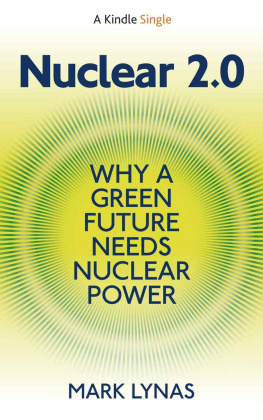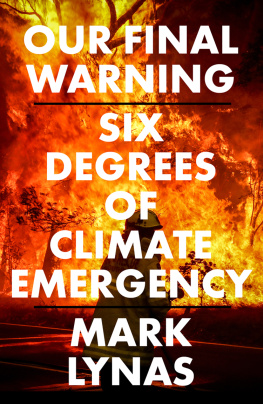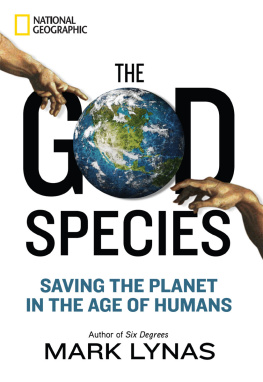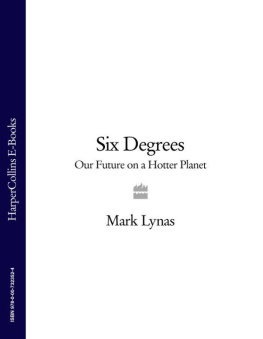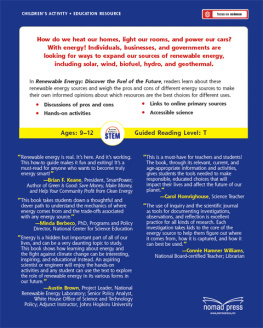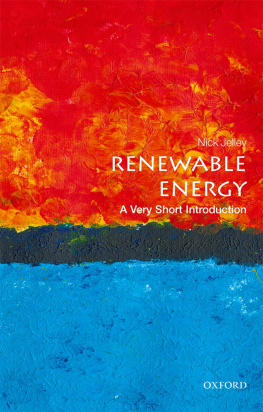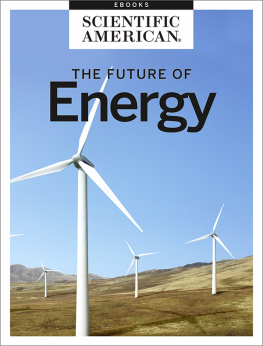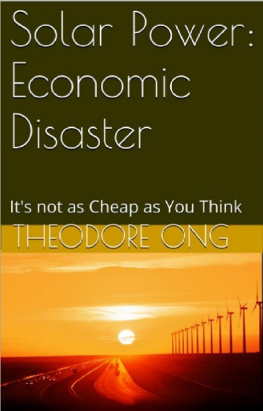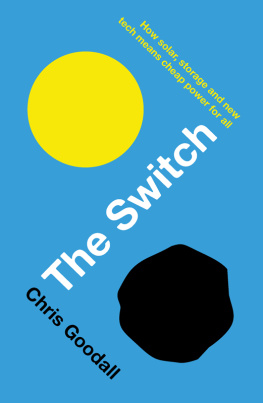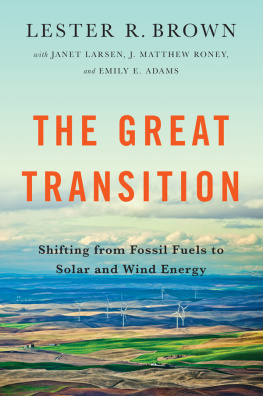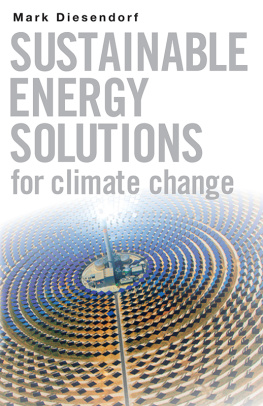Humanity is currently on course to double or even triple the carbon dioxide content of the Earths atmosphere by the end of this century. Our current level of about 400 parts per million of CO2 is already higher than at any time during the evolutionary history of Homo sapiens. By 2100 the carbon content of the air could reach levels not seen for as long as 50 million years, pushing up global temperatures by 4 to 6 degrees Celsius (7.2-10.8 F) and transforming our planet beyond all recognition.
To try to visualize what this might mean in reality, a few years ago I published a book called Six Degrees: Our Future on a Hotter Planet. For analogues of the future, I was forced to examine the geological past in particular an event over 55 million years ago called the Palaeocene-Eocene Thermal Maximum. This thermal maximum was seriously hot rainforests grew up to the poles, Antarctica was green rather than white and the Arctic Ocean was full of seaweed and as tepid as the Mediterranean. Its likely there was not a speck of ice anywhere on the entire planet, not on the poles, not even on the peaks of the highest mountains.
Would humanity have survived on such a planet? We may be about to find out. Emissions continue to rise each year as the developing world emerges from poverty, and vast new reserves of fossil fuels most recently in the form of trillions of tons of shale gas and oil continue to be discovered and squeezed out of the ground using ever-more sophisticated drilling technologies. Despite rapid recent growth, wind and solar renewables still account for only about 1 percent of global primary energy. If we are to regain any control over the climatic thermostat and defuse the carbon bomb we are going to have change course dramatically.
Writing Six Degrees left me feeling both depressed and scared. I knew that the small is beautiful world view shared by many of my environmentalist colleagues who insisted that we must cut our personal energy use and supply all our needs with wind and solar power was dangerously delusional when faced with a growing and increasingly affluent world population living in ever-expanding megacities. If this shift back to a simpler lifestyle was truly what was needed to forestall catastrophic global warming then humanity simply had no chance. Like my green-minded friends, therefore, I feared deeply for my childrens future. At a professional level we all tried to maintain a cheerful faade, but I knew from private conversations that most other environmentalists also felt profoundly pessimistic.
It came as a shock to me to discover, while attending an energy conference hosted by Oxford University academics back in 2005, that I had entirely overlooked the worlds most promising source of low-carbon power. There I learned for the first time that nuclear power provided 5 percent of global primary energy and 15 percent of global electricity, (2005 figures), and that this reduced carbon dioxide emissions by at least 2 billion tonnes (2.2 billion tons) per year. I was stunned. As an environmentalist I had come of age within a movement that regarded anything nuclear as irredeemably dangerous and evil, yet its potential to help tackle climate change was undeniable. Even though I knew that doing so would anger and antagonise my green colleagues, I began to research and write about the real risks and benefits of nuclear power.
As I did so, I began to discover that most of what I had originally believed about atomic energy was inaccurate. I had thought that nuclear waste was an insoluble problem, that using civilian reactors raised the risks of nuclear war, and that radiation from accidents like Chernobyl had killed tens of thousands or even millions of people. As I looked more closely at the scientific data, however, I found out that most if not all of the anti-nuclear ideas I had grown up with were either myths or misconceptions. Instead, here was a reliable energy source with virtually unlimited fuel which could power entire countries while producing no CO2 at all during its operation. I found myself in the difficult position of coming to believe that my childrens future was threatened not just by the big fossil fuels companies, but by professional anti-nuclear green groups, many of which were staffed by my friends.
This is not an easy subject to write or talk about. Anti-nuclear opinions are passionately and sincerely held, as mine once were, and should not be casually dismissed. Therefore, this book aims to explain, using the very latest factual data, why maintaining an anti-nuclear ideology is both ill-conceived and fundamentally incompatible with resolving the climate change crisis. I present the argument below using numbers rather than just assertions because this is a numbers game: our task is to generate tens of thousands of additional terawatt-hours per year of power using energy sources which do not commit the planet to catastrophic global warming or otherwise threaten the biosphere. This is all about scale, and the scale of the challenge is increasing with every day that passes. All of us must therefore move away from business-as-usual attitudes, environmentalists included.
My conclusion in this book is ultimately an optimistic one. This is not another lamentation of doom. With an Apollo Program scale-up of nuclear and other low-carbon power sources we still just about have time to avoid the worst of global warming. This will require a lot of burying of hatchets, however. Most importantly, the pro-renewables and pro-nuclear tribes will have to join forces if we are to confront the vested interests which threaten to keep this planet on its current trajectory towards disaster. I urge anyone who is serious about global warming to read on with an open mind.
Carbon emissions from fossil-fuel burning (ignoring agriculture, deforestation and cement production), which already total about 32 billion tonnes (35 billion tons) of CO2 per year, on average rose by 676 million tonnes (745 million tons) annually from 2000 to 2010. This is equivalent to almost twice the emissions of Brazil added to the global total during each twelve-month period. This dramatic rise in global CO2 is actually a good thing, in every respect other than for the climate, because it shows that developing countries are expanding their energy consumption in order to extricate themselves from centuries of famine and misery. In other words, we are losing the war on carbon precisely because we are winning the war on poverty.
Energy use, and in particular electricity use, is tightly correlated with human welfare. Access to modern energy sources that is, electricity and natural gas rather than charcoal, firewood or dung saves hundreds of thousands of lives per year through avoided respiratory disease alone. Development is also the best insulator against climate extremes, which is why African droughts can kill tens of thousands, while Australian droughts kill no one. It is ironic but nonetheless true that for developing countries the best way to protect against the future effects of climate change is currently to burn more fossil fuels and thereby accelerate their economic development.
The common simplistic answer to this conundrum to dramatically reduce energy-use in rich countries in order to compensate for growth in the developing world simply wont work: the coming growth in energy demand is an order of magnitude more than could ever be saved even by the most extreme energy efficiency measures adopted in the West. Consider that the 19.5 million inhabitants of New York State consume the same amount of electricity as the 791 million people in sub-Saharan Africa, so satisfying this unfulfilled African demand up to American standards would require a 40-fold increase in the production of energy. In total, 1.4 billion people still do not have access to electricity today. All of them want it of course, and will quickly get it as their countries develop.

